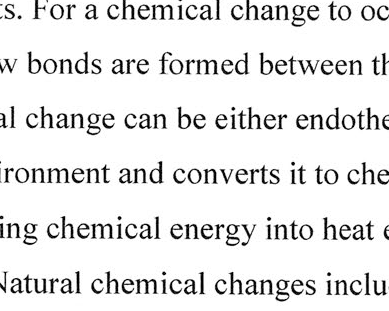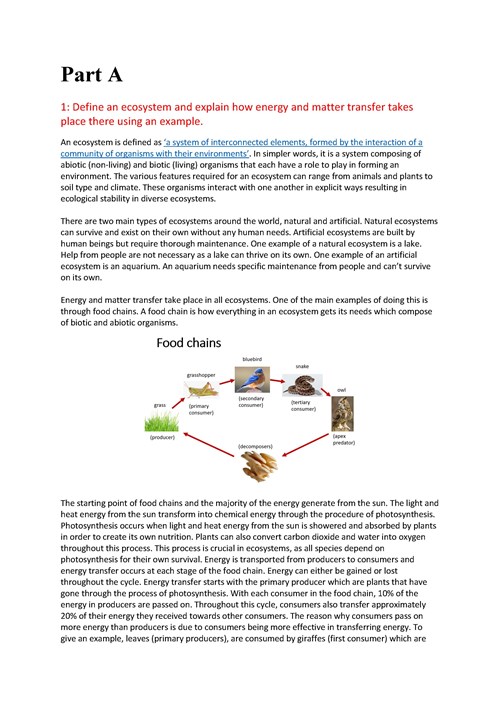- Home
- Resources
- Work samples
- Samples
- Solar cells - Above
Science
Year 9
Above satisfactory
Solar cells
Summary of task
This task was the final assessment task of a five-week teaching and learning unit on solar energy. During the unit, students learnt about scientific concepts related to atomic structure and electricity that allowed them to understand how a solar panel works. They had completed introductory practicals that taught them how to set up a solar panel circuit, use dataloggers to collect electric current and voltage data, and run an experiment to determine a characteristic voltage/current curve for the solar panel (a standard testing method in the solar industry). Students had previously completed a mathematics trigonometry assignment and they applied this knowledge to the tilt angle of the solar panels.
In this task, students were asked to design and perform experiments to investigate the relationship between light intensity and solar panel performance and to submit a scientific report on the investigation. Students performed an initial guided experiment investigating the effect of the tilt angle on solar cell output. Students were then asked to choose two further variables that affect the intensity of incident light and design two experiments to analyse their effects on the power output of the solar cells. The teacher provided help with experimental design and setup. The experimental work was completed in groups, but students wrote their reports individually.
Achievement standard
By the end of Year 9, students explain chemical processes and natural radioactivity in terms of atoms and energy transfers and describe examples of important chemical reactions. They describe models of energy transfer and apply these to explain phenomena. They explain global features and events in terms of geological processes and timescales. They analyse how biological systems function and respond to external changes with reference to interdependencies, energy transfers and flows of matter. They describe social and technological factors that have influenced scientific developments and predict how future applications of science and technology may affect people’s lives.
Students design questions that can be investigated using a range of inquiry skills. They design methods that include the control and accurate measurement of variables and systematic collection of data and describe how they considered ethics and safety. They analyse trends in data, identify relationships between variables and reveal inconsistencies in results. They analyse their methods and the quality of their data, and explain specific actions to improve the quality of their evidence. They evaluate others’ methods and explanations from a scientific perspective and use appropriate language and representations when communicating their findings and ideas to specific audiences.
 1
Annotation 1
1
Annotation 1
Uses detailed scientific and spatial reasoning to support hypothesis 2 Annotation 2
Demonstrates scientific understanding of physical processes occurring in photovoltaic cells 3 Annotation 3
Explains in detail how knowledge gained in investigation is relevant to real-world applications
-
Annotations
-
1
Annotation 1
Uses detailed scientific and spatial reasoning to support hypothesis -
2
Annotation 2
Demonstrates scientific understanding of physical processes occurring in photovoltaic cells -
3
Annotation 3
Explains in detail how knowledge gained in investigation is relevant to real-world applications
 1
Annotation 1
1
Annotation 1
Provides diagram of experimental setup 2 Annotation 2
Describes experimental method by giving clear and detailed instructions 3 Annotation 3
Includes expected outcomes of important steps and offers alternative procedures if not met
-
Annotations
-
1
Annotation 1
Provides diagram of experimental setup -
2
Annotation 2
Describes experimental method by giving clear and detailed instructions -
3
Annotation 3
Includes expected outcomes of important steps and offers alternative procedures if not met
 1
Annotation 1
1
Annotation 1
Provides clearly labelled photographs of experimental setup
-
Annotations
-
1
Annotation 1
Provides clearly labelled photographs of experimental setup
 1
Annotation 1
1
Annotation 1
Provides list of safety precautions 2 Annotation 2
Clarifies reasons for safety precautions 3 Annotation 3
Provides table of key measurements used as reference values 4 Annotation 4
Displays graph of solar cell’s characteristic curve indicating value used for optimal performance
-
Annotations
-
1
Annotation 1
Provides list of safety precautions -
2
Annotation 2
Clarifies reasons for safety precautions -
3
Annotation 3
Provides table of key measurements used as reference values -
4
Annotation 4
Displays graph of solar cell’s characteristic curve indicating value used for optimal performance
 1
Annotation 1
1
Annotation 1
Provides table containing raw data of characteristic curve 2 Annotation 2
Displays well-labelled graph and table showing effect of filters on solar cell output
-
Annotations
-
1
Annotation 1
Provides table containing raw data of characteristic curve -
2
Annotation 2
Displays well-labelled graph and table showing effect of filters on solar cell output
 1
Annotation 1
1
Annotation 1
Displays well-labelled graph and table showing effect of distance from light source on solar cell output 2 Annotation 2
Describes trends observed in results of both experiments 3 Annotation 3
Affirms that results support both hypotheses
-
Annotations
-
1
Annotation 1
Displays well-labelled graph and table showing effect of distance from light source on solar cell output -
2
Annotation 2
Describes trends observed in results of both experiments -
3
Annotation 3
Affirms that results support both hypotheses
 1
Annotation 1
1
Annotation 1
Provides detailed explanation of how filters affect power output of solar cell 2 Annotation 2
Demonstrates understanding of wave model of light 3 Annotation 3
Relates transmission rates of filters to their material properties
-
Annotations
-
1
Annotation 1
Provides detailed explanation of how filters affect power output of solar cell -
2
Annotation 2
Demonstrates understanding of wave model of light -
3
Annotation 3
Relates transmission rates of filters to their material properties
 1
Annotation 1
1
Annotation 1
Gives detailed explanation of inverse square law using spatial reasoning and supporting diagram 2 Annotation 2
Rebuts potential misconception about why light intensity decreases with distance 3 Annotation 3
Designs and performs simple experiment to confirm inverse square law
-
Annotations
-
1
Annotation 1
Gives detailed explanation of inverse square law using spatial reasoning and supporting diagram -
2
Annotation 2
Rebuts potential misconception about why light intensity decreases with distance -
3
Annotation 3
Designs and performs simple experiment to confirm inverse square law
 1
Annotation 1
1
Annotation 1
Analyses cause of uncertainty in experimental results 2 Annotation 2
Suggests solution to avoid experimental error in future experiments 3 Annotation 3
Gives detailed account of experimental challenge that was detected and solved during experiment
-
Annotations
-
1
Annotation 1
Analyses cause of uncertainty in experimental results -
2
Annotation 2
Suggests solution to avoid experimental error in future experiments -
3
Annotation 3
Gives detailed account of experimental challenge that was detected and solved during experiment
 1
Annotation 1
1
Annotation 1
Suggests several alterations to experimental design that would result in further understanding of solar cell power output 2 Annotation 2
Summarises essential outcomes of experiment and states that they confirm hypotheses 3 Annotation 3
Provides list of sources used to research aspects of investigation
-
Annotations
-
1
Annotation 1
Suggests several alterations to experimental design that would result in further understanding of solar cell power output -
2
Annotation 2
Summarises essential outcomes of experiment and states that they confirm hypotheses -
3
Annotation 3
Provides list of sources used to research aspects of investigation
 1
Annotation 1
1
Annotation 1
Provides list of key mathematical relationships and calculations
-
Annotations
-
1
Annotation 1
Provides list of key mathematical relationships and calculations






